CARING WITH FAMILY
|
| The degree to which a breed may demonstrate warmth and fondness towards family members or familiar individuals can vary considerably. Certain breeds may show a preference for forming a strong bond with only their owner often appearing distant to others. Conversely there are breeds that exude friendliness and enthusiastically embrace acquaintances treating nearly everyone they meet as a close companion. |
LOVE WITH CHILDREN
Unwise
Good With Children
|
| The degree of patience and tolerance a breed exhibits towards children's actions as well as its general disposition towards family integration can differ widely. Some breeds manifest a high threshold for kids' antics and are inherently more family-oriented. It is crucial however to ensure that dogs are always monitored when in the presence of young children or any child who is not accustomed to interacting with dogs. This oversight helps to guarantee the safety and well-being of both the child and the animal. |
BEHAVIOR WITH DOGS
Unwise
Good With Other Dogs
|
| The innate sociability of a dog breed towards fellow canines is a key factor to consider. While supervision during dog meet-ups is essential, certain breeds inherently show a greater propensity for harmony with other dogs in both private and community settings. |
SHEDDING LEVELS & MANAGEMENT
No Shedding
Hair Everywhere
|
| When considering the breed's shedding habits anticipate the amount of fur and hair it typically sheds. Those breeds that are heavier shedders will require more regular grooming sessions. They may also be a greater factor in setting off specific allergy types and often necessitate more diligent cleaning efforts including frequent vacuuming and the use of lint rollers to keep your spaces clean. |
COAT GROOMING STANDARDS
|
| The frequency with which a breed needs bathing, brushing, trimming, or other forms of coat upkeep should be factored into your decision. Assess your available time, level of patience and grooming budget as you gauge the required grooming commitment for different breeds. Keep in mind regardless of the breed that all dogs will need their nails trimmed on a regular basis. |
DROOLING INTENSITY
Less Likely to Drool
Always Have a Towel
|
| Consider the breed's tendency to drool; some dogs produce enough slobber to leave trails on your arms or large damp patches on your clothing. If you place a high value on tidiness, choosing a less drool-prone companion might better align with your lifestyle and inclination for cleanliness. |
COAT STYLES GUIDE |
| Double |
| COAT SPECTRUM |
| Medium |
FRIENDLINESS
Reserved
Everyone Is My Best Friend
|
| Consider the breed's natural disposition towards strangers. Certain breeds exhibit reserved or cautious behavior around unfamiliar people regardless of the setting, while others display an enthusiastic eagerness to greet new individuals at any opportunity. When selecting a breed take into account how important it is for you to have a dog that is sociable and friendly with strangers. |
LIVELINESS
Only When You Want To Play
Non-Stop
|
| Evaluate the breed's propensity for playfulness as this trait can extend well beyond the puppy stage. Some breeds retain a high level of enthusiasm for engaging in activities like tug-of-war or fetch well into their adulthood while other breeds might prefer a more sedentary lifestyle enjoying most of their time lounging peacefully beside you on the sofa. When choosing a breed it's important to consider how a dog's energy level and love for play align with your own lifestyle and entertainment preferences. |
VIGILANCE INTENSITY
What's Mine Is Yours
Vigilant
|
| When choosing a breed, consider how prone it is to alerting you about the presence of strangers. Breeds with strong protective instincts may respond to any perceived threat in their environment, from the mail carrier approaching the front door to a squirrel scampering across the yard. These dogs often have a high tendency to vocalize and signal when someone unfamiliar is nearby. However once a stranger is welcomed into the home and accepted by the family many of these alert breeds are likely to warm up to them. Selecting a dog with this characteristic requires consideration of your comfort level with vocalization and your daily environment. |
ADAPTATION CAPACITY
Lives For Routine
Highly Adaptable
|
| Examining a breed's resilience should include observing its flexibility in response to different home settings, sound levels, weather patterns, everyday schedules and the customary changes encountered in regular life. |
OBEDIENCE LEVEL
Self-Willed
Eager to Please
|
| Training your furry friend can be a delightful experience as the readiness of your pup to pick up new skills can vary widely. Certain breeds are innately eager to please their humans, always striving to be the apple of your eye. On the flip side some four-legged companions march to the beat of their own drum choosing to follow their whims whenever and wherever the mood strikes them. |
STAMINA LEVEL
|
| Different dog breeds have varying requirements for physical activity and cognitive engagement. Breeds brimming with vigor require ample opportunities to vent their energy; they thrive on dynamic activities involving running, leaping and continuous play throughout the day. Conversely breeds with more sedate dispositions are content with a more leisurely lifestyle often content to lounge and nap mirroring the relaxed manner of a couch potato. |
VOCALIZATION
|
| Medium |
LEARNING CURIOSITY LEVEL
Happy to Lounge
Needs a Job or Activity
|
| The requirement for mental engagement in a dog breed is crucial in maintaining its well-being and happiness. Dogs bred for specific roles often possess innate capabilities for complex thought processes including problem-solving and decision-making and they thrive on tasks that challenge their intellect. Lacking sufficient mental exercise, such canines may take it upon themselves to initiate activities often mischievous or destructive to satiate their intellectual curiosity. These self-assigned "projects" are typically not aligned with their owners' preferences or household harmony. |
| COLORS |
|
Description
|
Registration Code
|
|
Gray & White
|
105
|
|
Black & White
|
019
|
|
Red & White
|
146
|
|
Seal & White
|
170
|
|
Silver & White
|
182
|
|
White
|
199
|
|
Sable & White
|
165
|
|
Blue & White
|
045
|
|
Agouti & White
|
001
|
|
| PATTERNS |
|
Description
|
Registration Code
|
|
Black Mask
|
004
|
|
Gray Mask
|
041
|
|



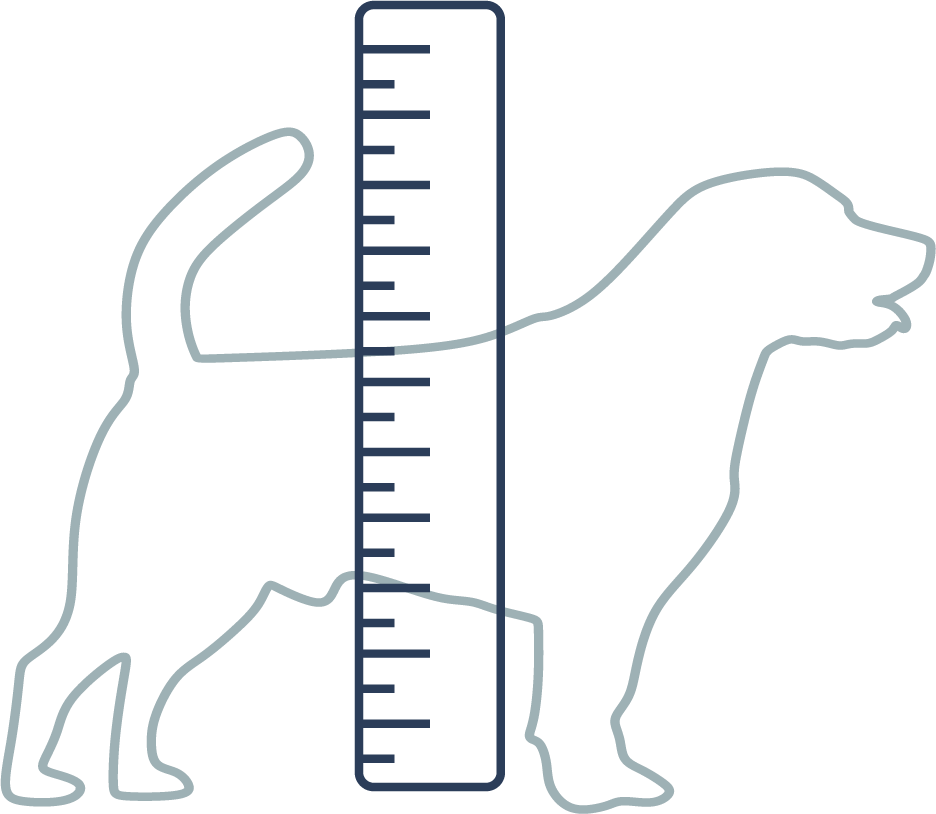


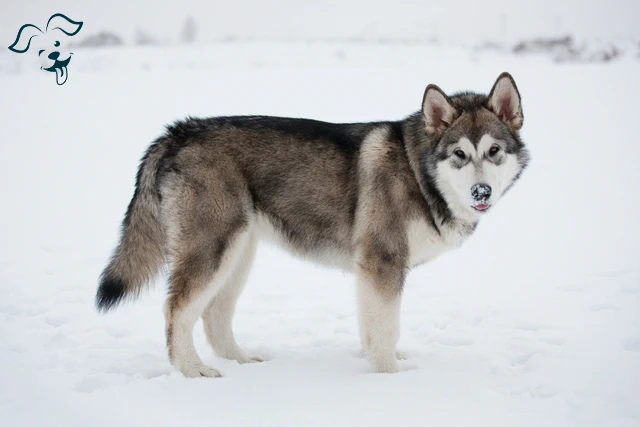
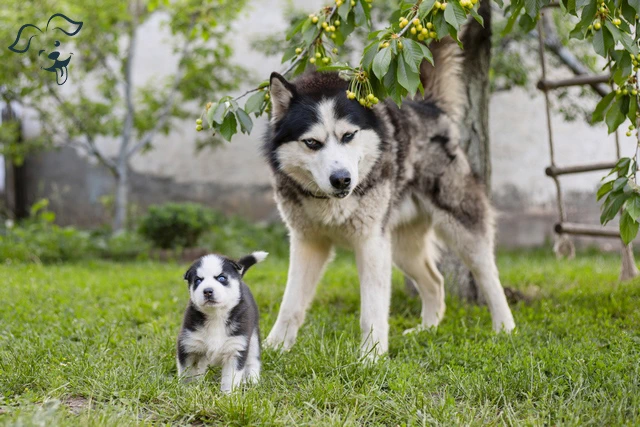
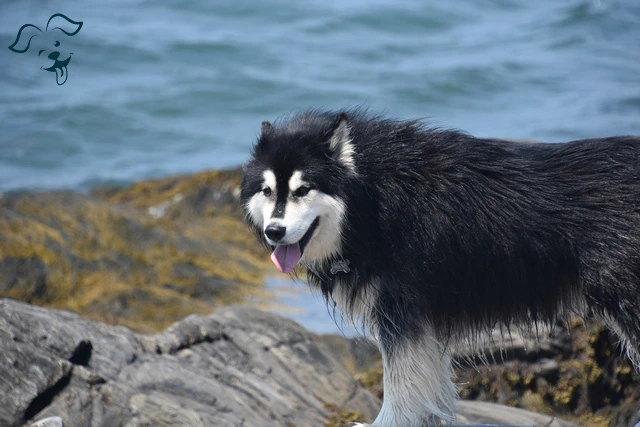
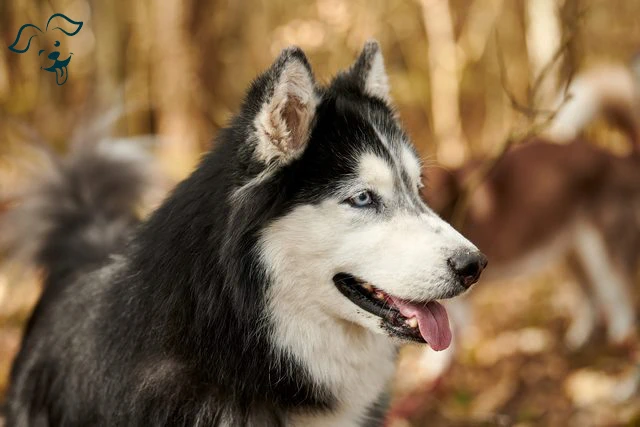

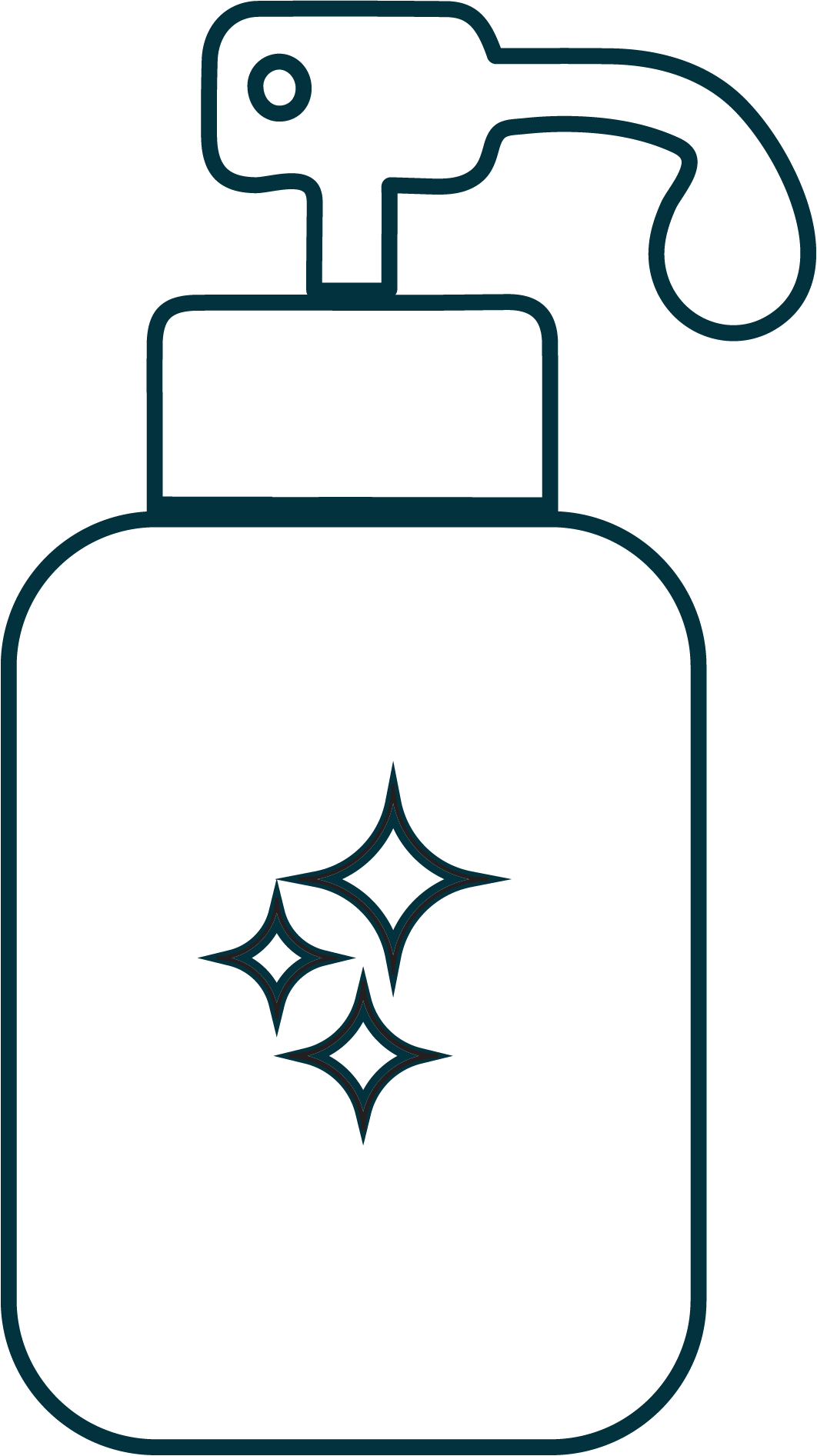




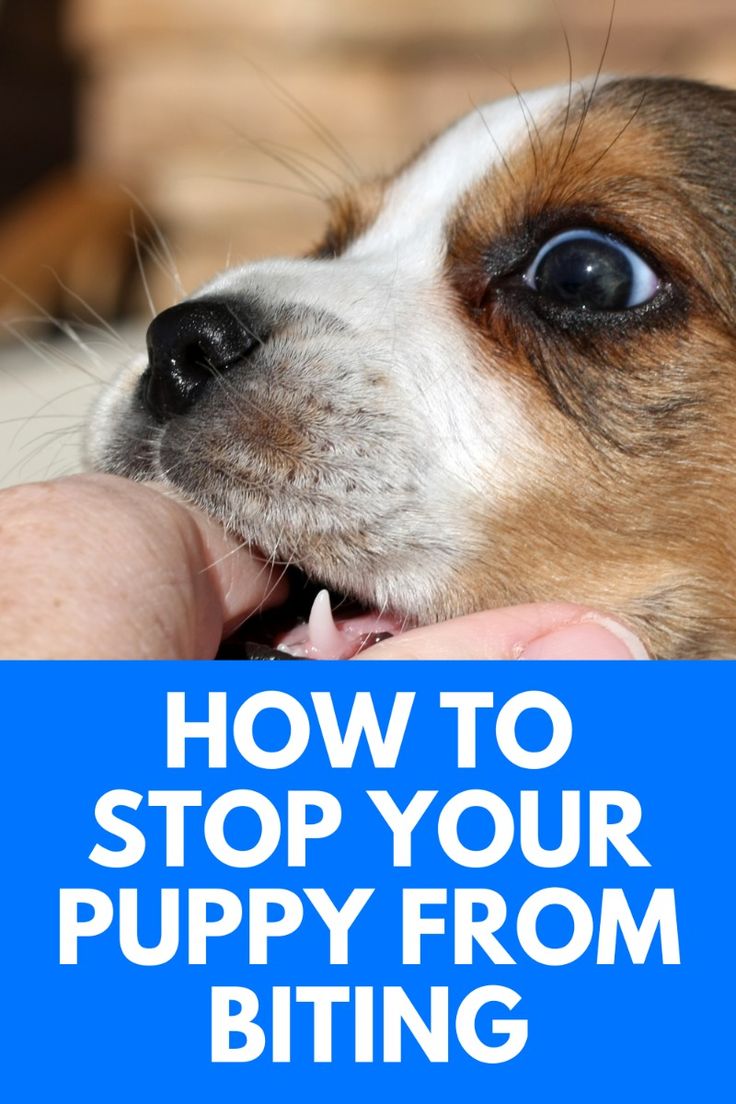
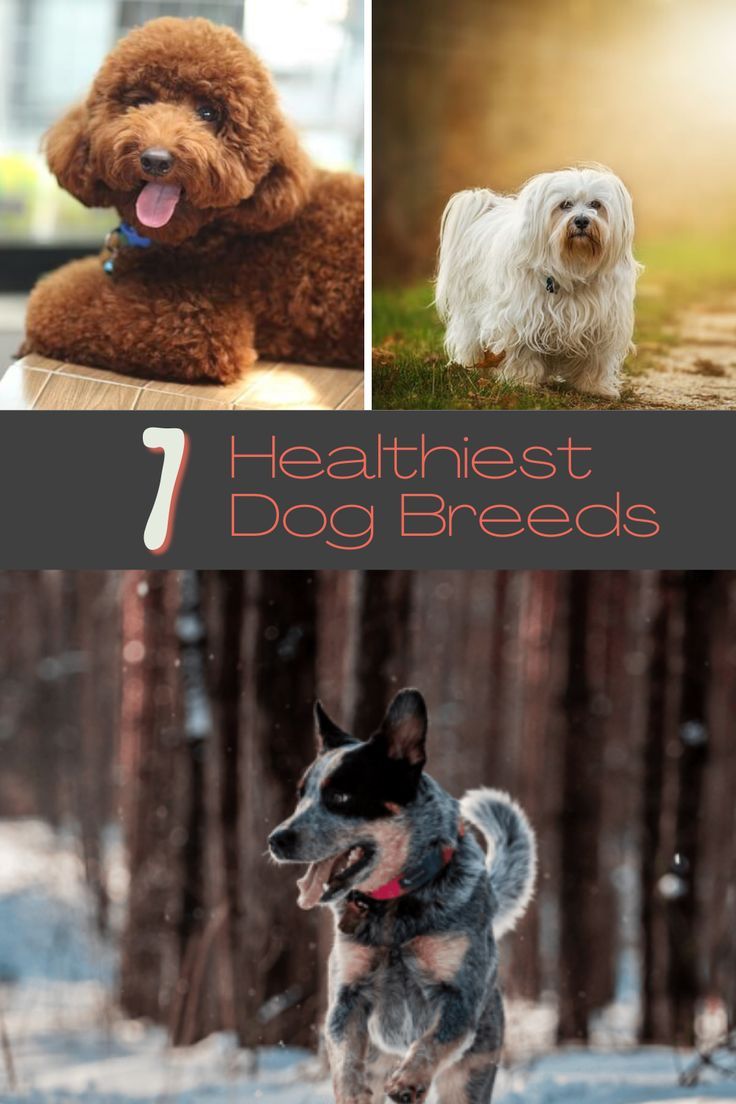

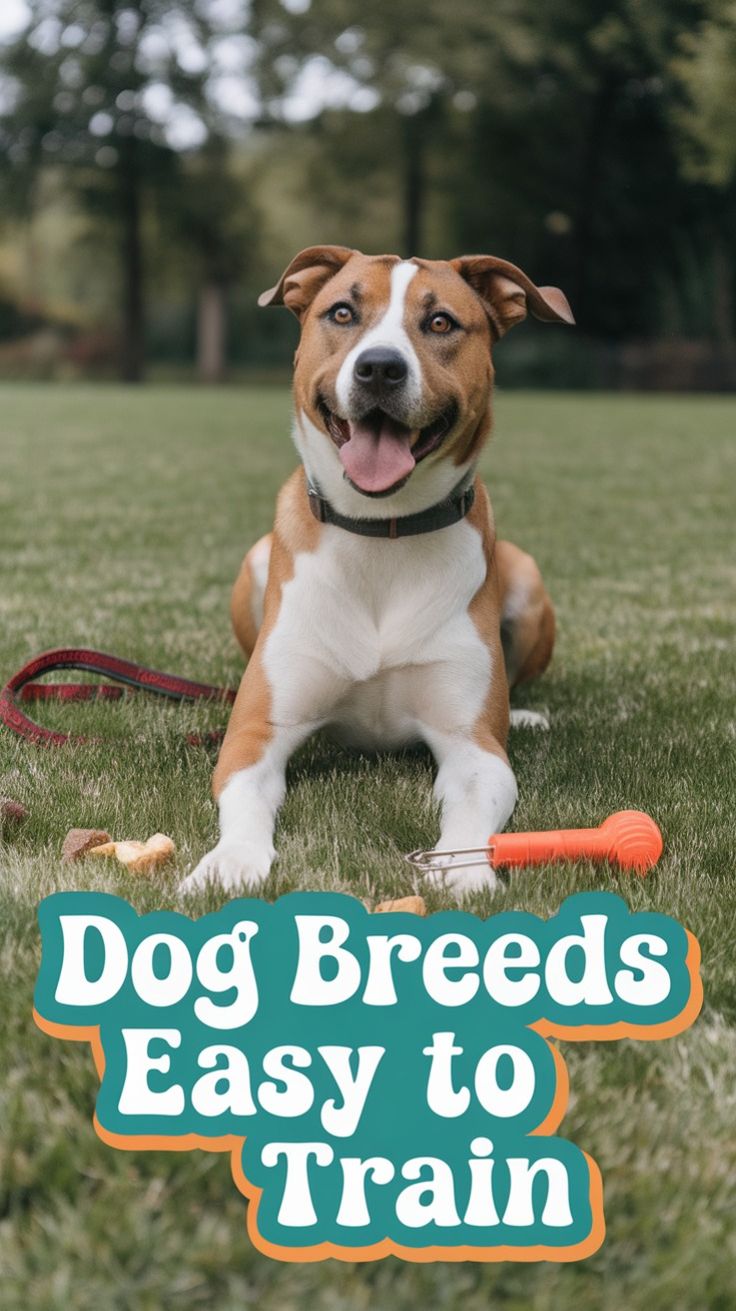
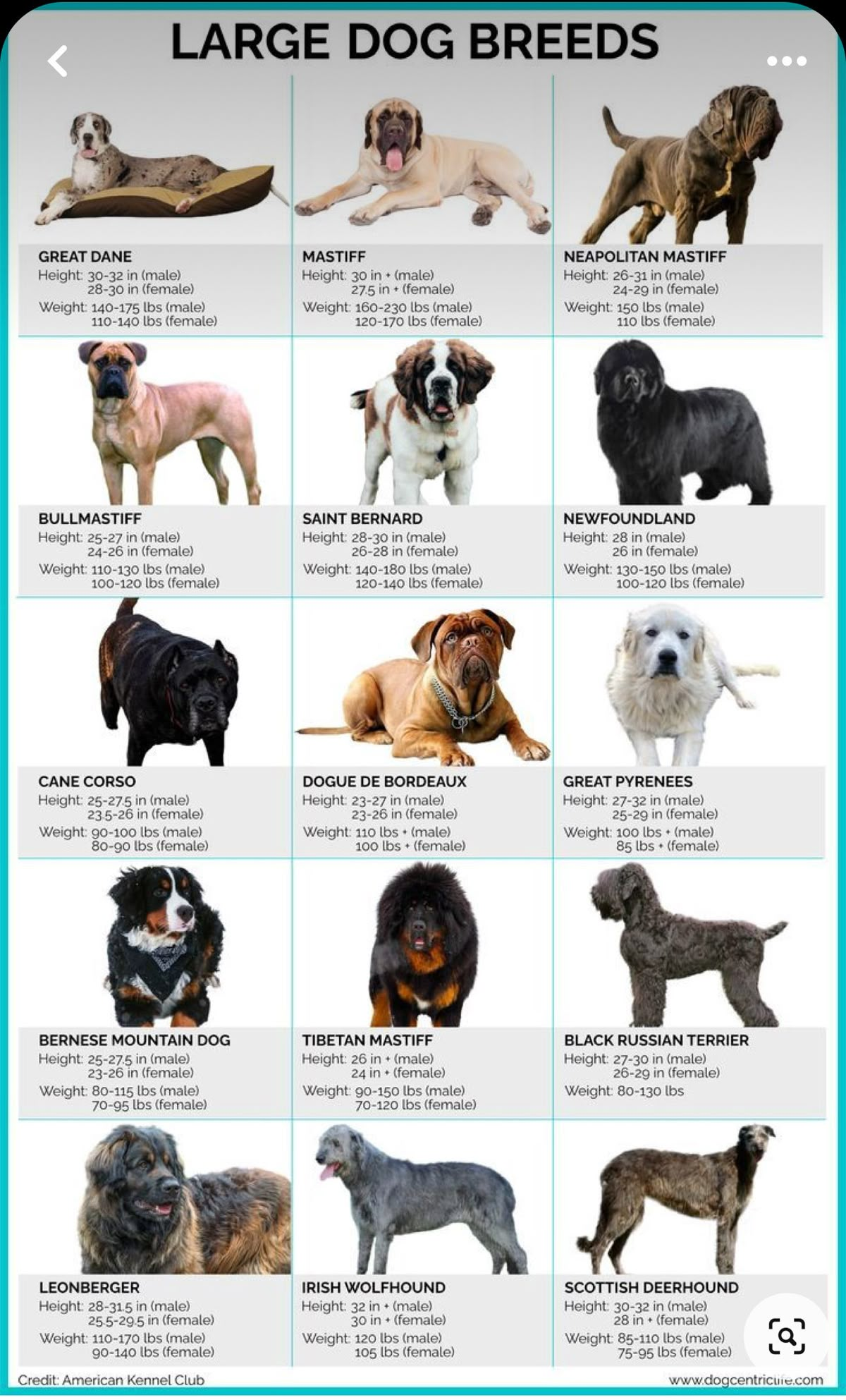

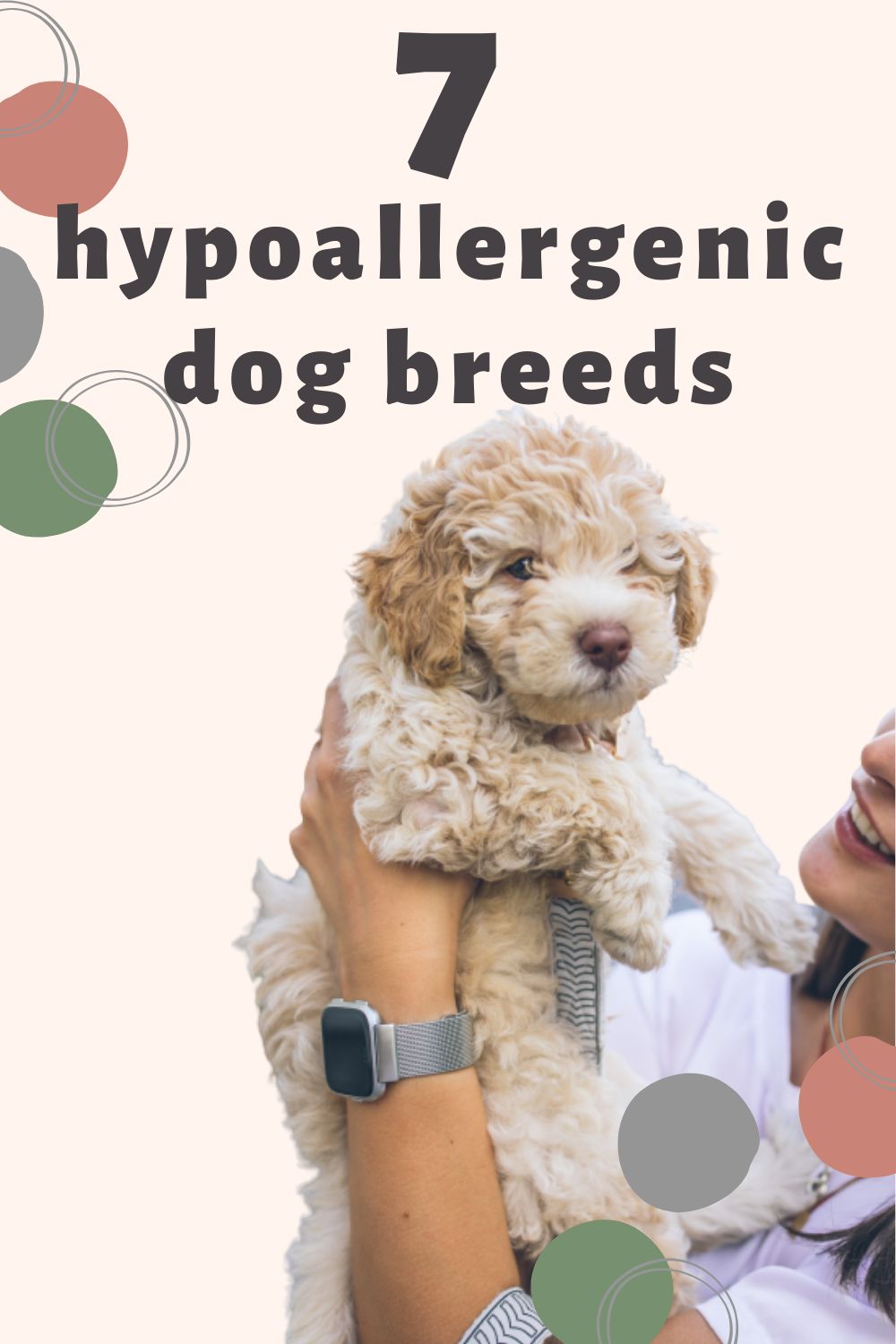
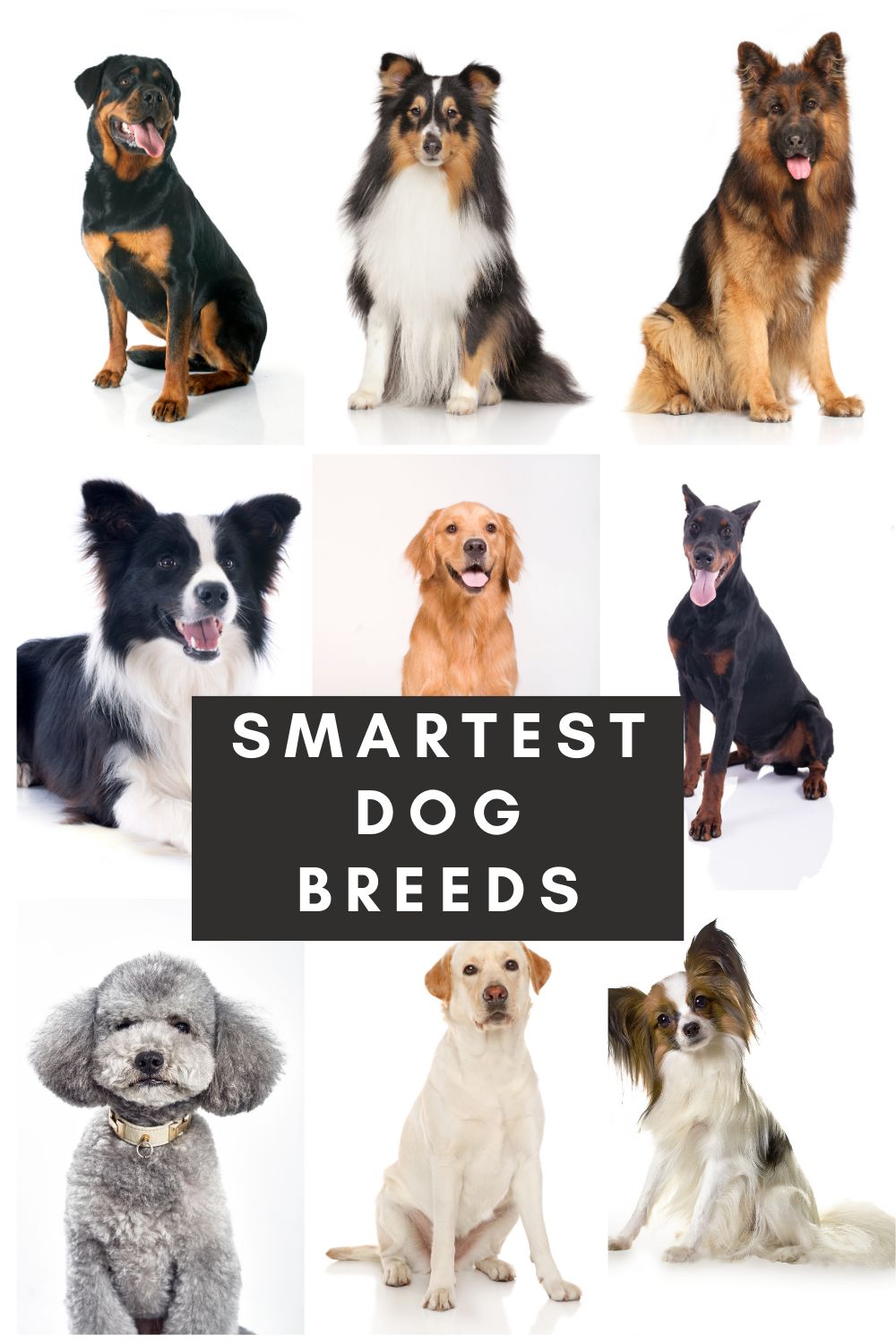



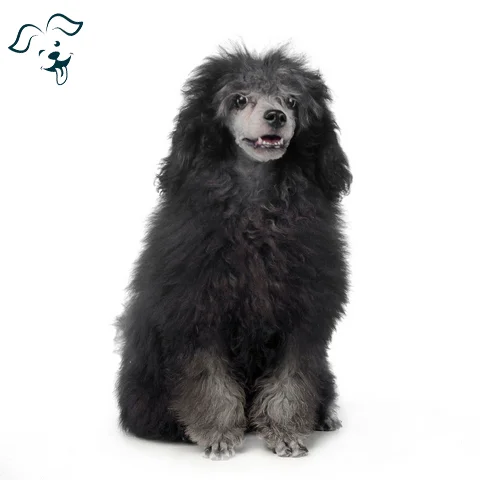

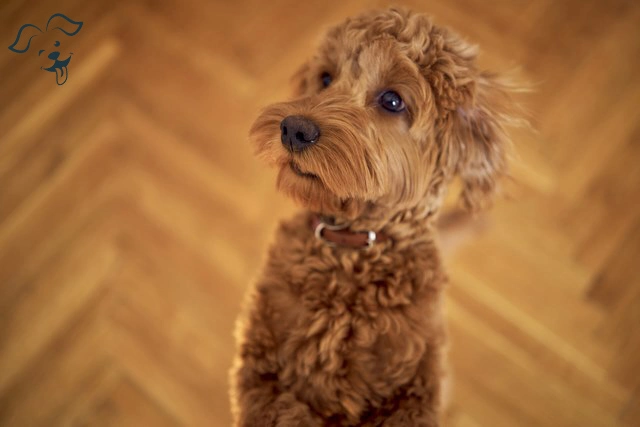
FRIENDLINESS
LIVELINESS
VIGILANCE INTENSITY
ADAPTATION CAPACITY